Level Cross, 2024 Malyalam thriller directed by Arfaz Ayub, from Jeethu Joseph School, presents an intricate web of human emotions, twists, and symbolic visuals. If you walk away from the film with an open-ended climax or confusion, then you should read this; here I am explaining the ending of Level Cross along with the metaphors.

The film’s multi-layered story and subtle hints invite deeper exploration. This post might change how you see it, and you might play it again. If you’ve already decoded the hidden details, see if I’ve captured your observations as well.
1. The Opening and Setting as a Reflection of the Psyche
The film’s opening sets the tone, describing the setting as a space beyond time and reality. The film begins with a statement that the setting is “beyond time and space.”
The barren desert where Raghu (Asif Ali) serves as a gatekeeper is not just a remote landscape—it mirrors the emptiness and isolation within his psyche. The film asks viewers to question whether the events they see are real or delusions born from Raghu’s mind.

2. The Delusions and the Donkey: A Hint of False Narratives
In the initial phase, Raghu talks to a donkey, but we never see the animal from a shared point of view. The donkey seems to exist only in Raghu’s mind. Amala Paul’s character (Shikha) looks for with Asif Ali is talking but finds nothing, confirming it is imaginary. This suggests that Raghu is experiencing delusions.
Raghu claims he has goats and hens, but we never see them. The cages are empty, and the only trace of animals is a few feathers.
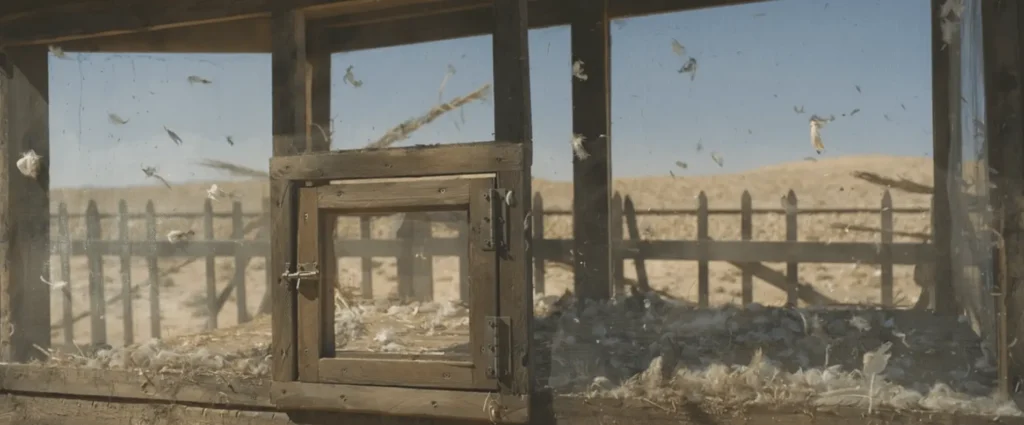
However, we do glimpse a dead cattle, which might belong to the original Raghu. This creates further doubt about Raghu’s stories, hinting that the life he describes is not entirely his own.

Psychotic individuals often create alternate realities to escape guilt, trauma, or self-loathing. The audience is never sure if events are real, symbolic, or figments of Raghu’s imagination—reflecting how fractured his sense of reality has become.
3. Medals: A Grim Tally of Murders
The medals Raghu wears on his shirt and pins on the wall near the well represent the people he has killed. During the title credits and in the end while Shikha carry water, We can see many medals over the wall at the ghost village, that hints Raghu aka George might have killed many in that village.
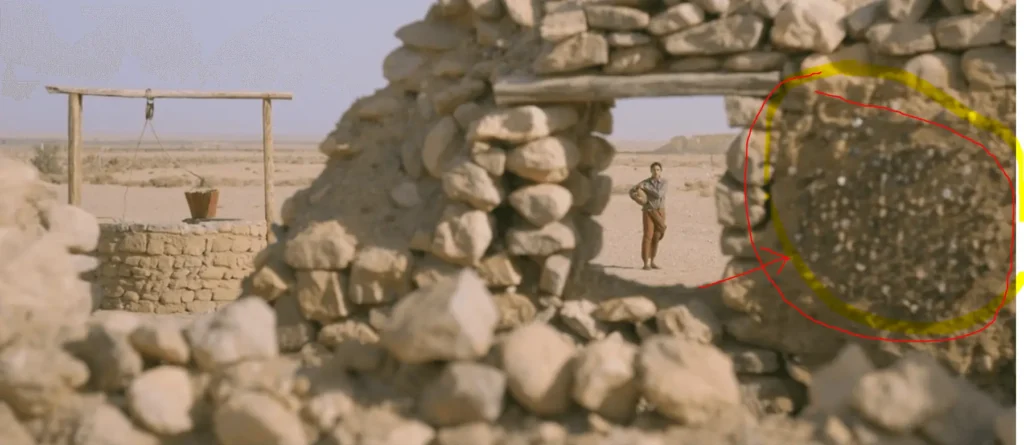
Then there are five medals on his shirt. In the final scene, we can see 7 medals, that means seven victims by the end: his ex-girlfriend, her husband, their two children, Zincho, Chaithali (Shikha), and possibly the real Raghu (Indrans).
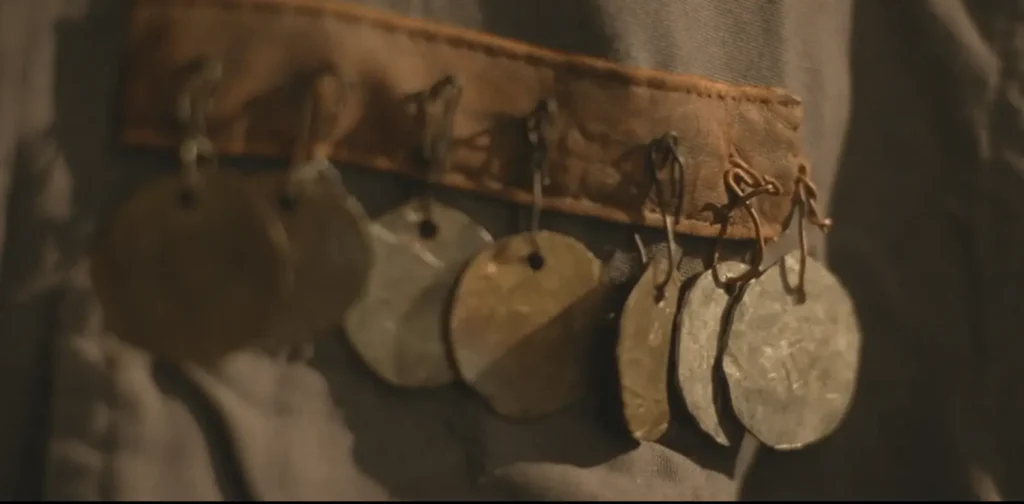
Two of the medals have new copper wires, suggesting recent additions to his list of victims. This visual clue hints that Raghu’s killing spree has continued over time and each medal represents a victim.
4. Chaithali and Zincho: Competing Narratives
Shikha tells Raghu that she is a psychiatrist and is escaping from her drug addict abusive husband Zincho. Later, Zincho claims that Shikha was his psychiatric patient, a dangerous psychopath, and a drug addict.

Both stories are suspicious, leaving the audience to wonder which version is true.

This narrative ambiguity makes it difficult to trust any character completely.

If you observe closely when Shikha narrates the story, we can see people in the frame, and it’s more lively. When Zincho narrates the story the frames are empty and dry.
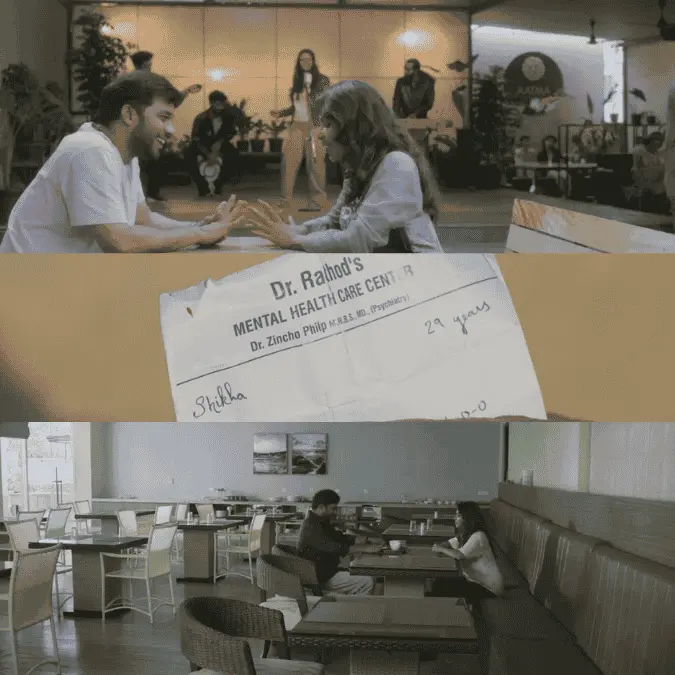
5. The Real Raghu: A Stolen Identity
It is implied that Asif Ali’s character (George) killed the real Raghu (Indrans) and took over his life as a gatekeeper. The life he describes—living with his mother, farming, and rearing animals—might actually belong to the original Raghu.
This adds another layer of deception to the story, making it clear that George aka Raghu has been living a stolen life.
6. Upside-Down Monster: Raghu’s Transformation
Asif Ali tells Amala Paul about an upside-down monster that once terrified the nearby village, forcing the residents to flee. Later, when She sees Asif Ali at the well, the camera angle is upside down, hinting that Raghu himself might be the monster.
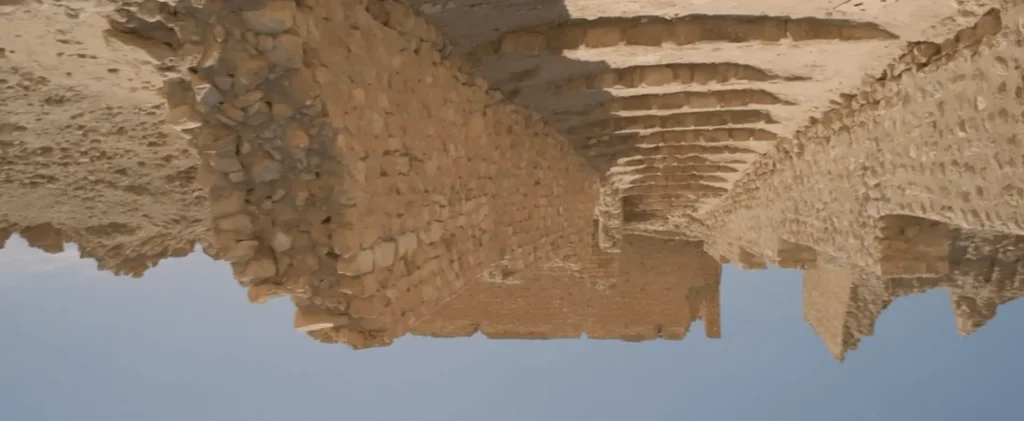
This idea is reinforced in the post-credit scene, where the inverted camera perspective suggests that the monster now resides within Raghu.
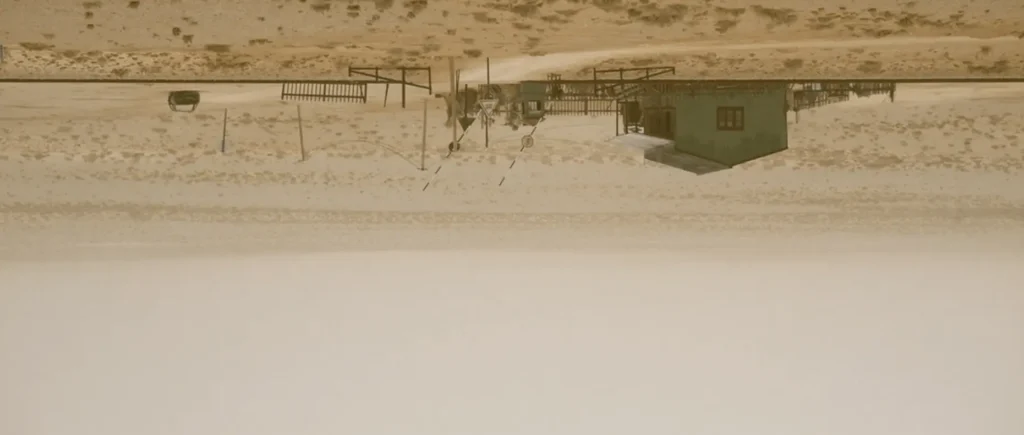
The upside-down angles in these scenes hint at a dissociative mental state. Dissociation is a psychological defence mechanism where an individual detaches from reality to cope with trauma or guilt.
The monster that walks upside down could symbolise Raghu’s fractured self—his transformation from a man seeking redemption into a murderer. This shift suggests the collapse of identity under the weight of unresolved emotional trauma.
7. The Final Confrontation and Betrayal
When Zincho finds Shikha and tries to take her away, Raghu helps her escape by killing Zincho. However, Raghu later discovers a medical prescription in Zincho’s pocket, confirming that Shikha lied—she was the dangerous one. Enraged by her betrayal, Raghu kills Shikha and buries both her and Zincho.

Finally, he kept that prescription along with Raghu’s ID card. The next shot is the addition of two new medals. This act marks the completion of his transformation into a cold-blooded killer. And the movie ends with an inverted frame.
That final inverted perspective, suggests that Raghu (now revealed as George) has accepted the monster within. The monster is not an external being but the manifestation of his guilt, regret, and emotional scars.
This aligns with Carl Jung’s concept of the shadow self—the darker side of one’s personality that must be confronted and integrated to achieve wholeness. Raghu’s failure to confront his shadow leads to his full transformation into the very monster he feared.
The Psychopath and the Sociopath: Raghu and Shikha’s Psychological Profiles
The characters of Raghu and Shikha present traits of two distinct psychological conditions—psychopathy and sociopathy. Shikha (if Zincho’s version of events is true) exhibits traits of a psychopath: calculated, manipulative, and devoid of empathy.

On the other hand, Raghu’s emotional outbursts, impulsive killings, and need for emotional validation align more with sociopathic tendencies. Their relationship highlights the blurred lines between love and manipulation, sanity and madness.
The Real Story of Level Cross: My POV
George, begins his story with a series of brutal murders. He kills his ex-girlfriend, her husband, and their two children in a fit of rage. After committing these murders, he escapes and assumes a new identity.

It is implied that he encounters the real Raghu, a gatekeeper working at a remote level crossing, and kills him to take over his life and role. After Raghu, he might have killed many in the village.
At present, living in isolation as George, George hides from society, carrying the weight of his crimes and sinking into emotional emptiness.
Despite his psychological struggles, he maintains his monotonous existence as a gatekeeper in the barren desert, haunted by loneliness and regret.Then one day he met Shikha, and the rest is what we are seeing.
George’s desire for a normal life shines briefly when he meets Shikha aka Chaithali, but her betrayal leaves him with no hope, pulling him deeper into madness and violence.
Final Thoughts: The Thrill of Decoding the Layers
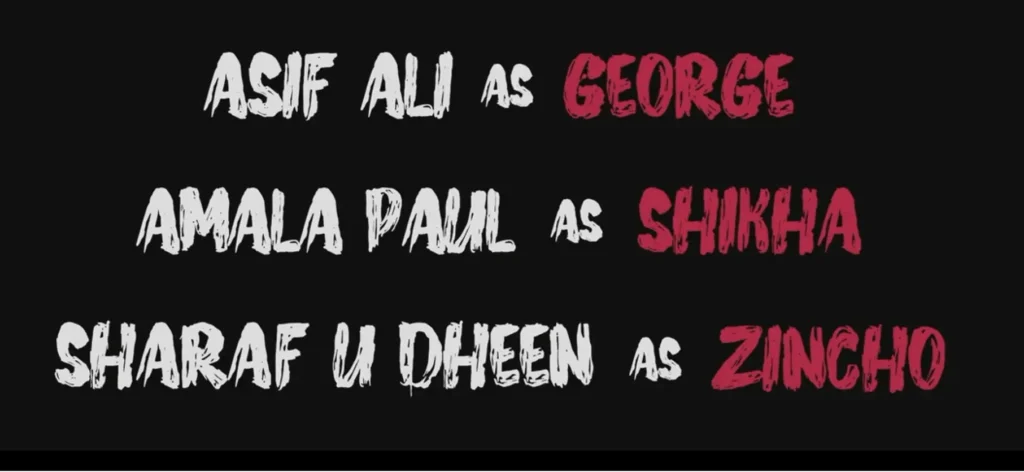
Level Cross may not offer the dramatic payoff of more conventional thrillers, but it delivers a uniquely unsettling experience. The film’s exploration of unreliable memories, emotional scars, and inner demons reflects the complex nature of the human psyche.
While the narrative oscillates between different perspectives, leaving some viewers frustrated, it also opens the door to deeper engagement.
So, was Raghu always the monster, or did circumstances turn him into one? Share your thoughts—perhaps, like the film itself, your interpretation will add another layer to this fascinating story.
Related Articles:
Merry Christmas: A Tale of Yadhoom, Love, and Mystery
Lust Stories 2 : Struggling to Keep the Lust Alive
Have you notice burnt bus? Now you know how he killed whole village in one fine morning
yes
Thank alot for LEVEL CROSS movie explanation. I had taken this movie for my degree project applying psychoanalysis .I could hardly find resources like these and the rest were film reviews. You point out the details I missed and your writing was so much helpful for me to have an accurate structuring. Thanks alot once again and keep writing.
Thank you brother
Great findings
YES,it’s so good.
The dress that they wear is inverted colours. It kind of gives us a hint that what they were saying are inverted truths.
Yes that’s a possibility